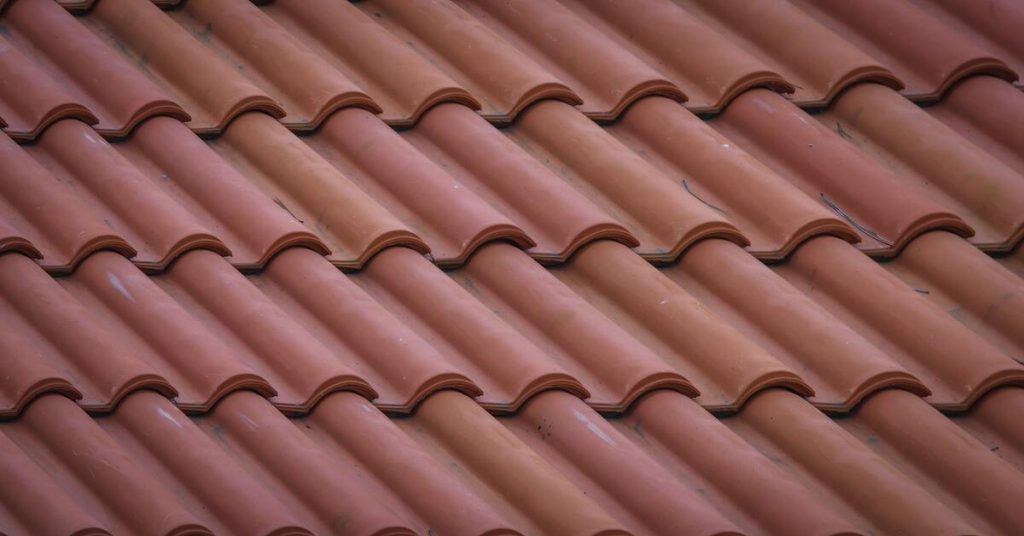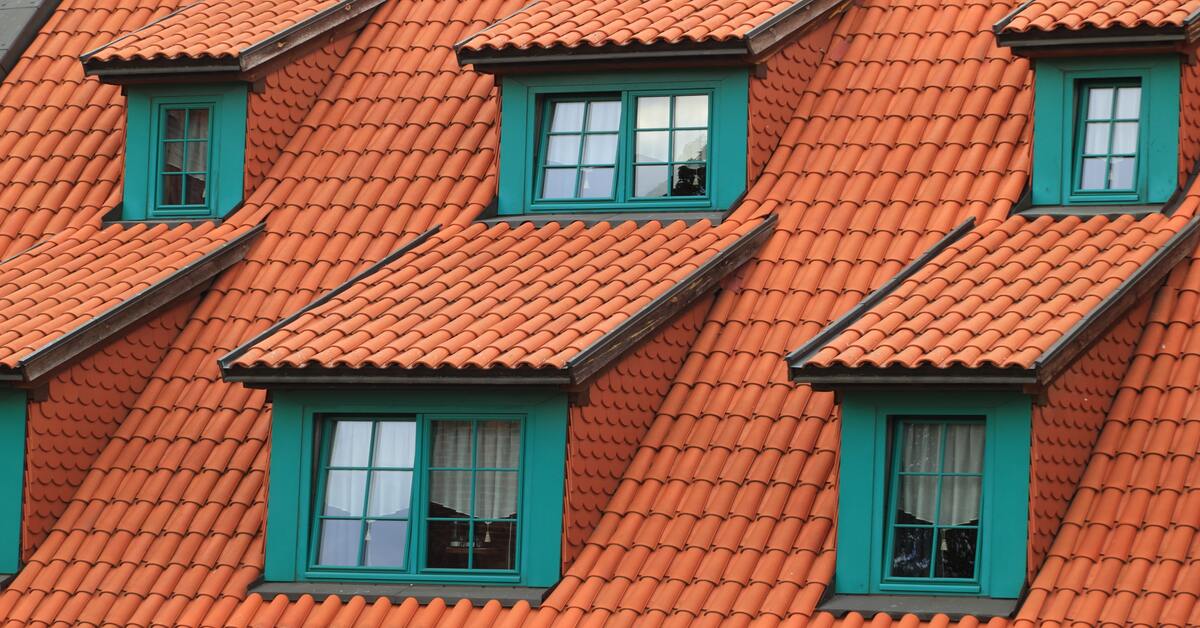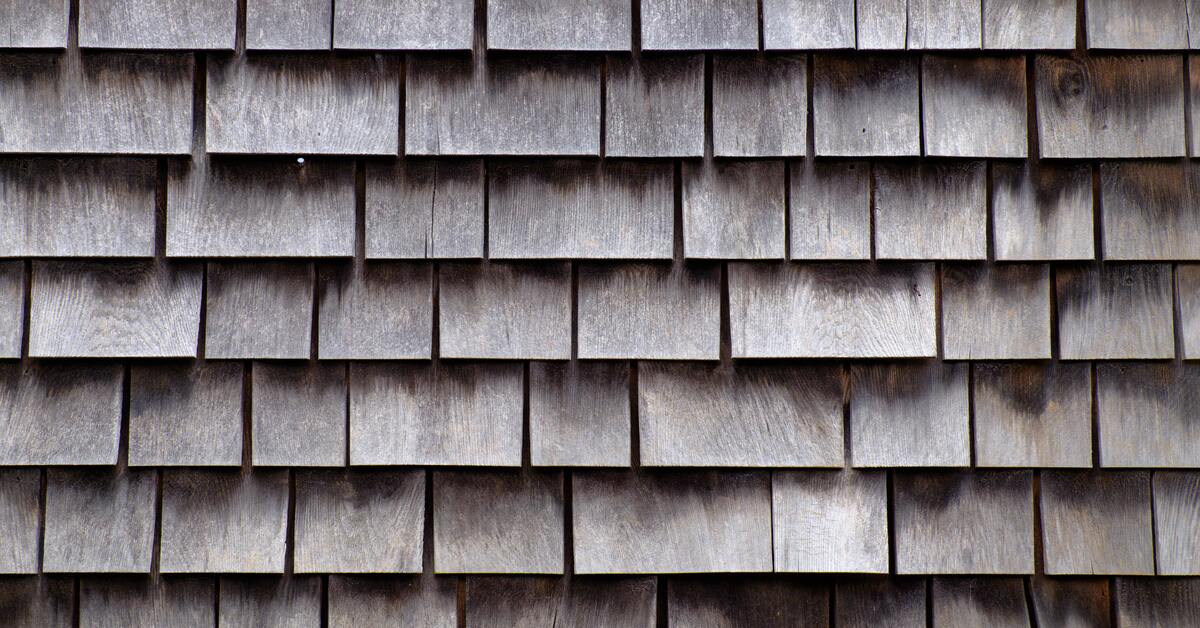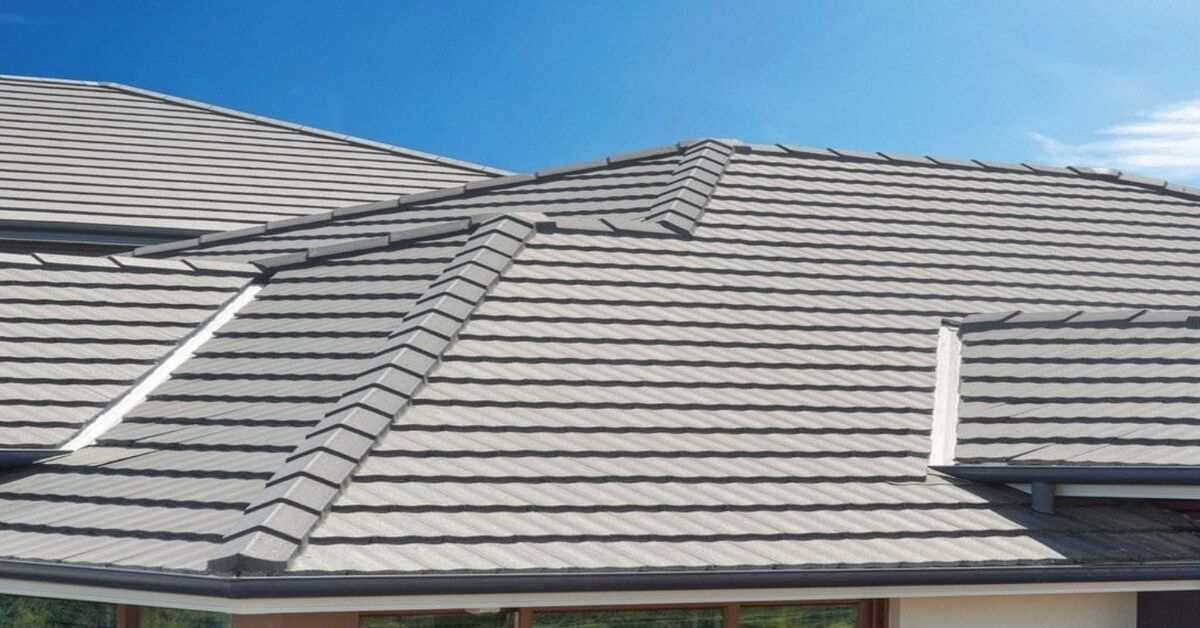

With the average Australian house price not far from 1 million dollars, you want to invest in building materials that will ensure the longevity of your property. Whether you’re reconstructing an old roof or building a new roof, choosing the right roof tiles is essential.
What Are Roof Tiles?
Roof tiles keep water and other elements out of your home. Throughout time, construction has involved many types of roof tiles, from asphalt shingles to slate roofs and clay tiles (dating back hundreds and thousands of years).
Traditionally, slate and terracotta roof tiles were locally available. Yet, with increased movement and technology in the 19th century, metal and concrete roof tiles became popular. Today, you might find any type of roofing material atop your house.
Six Key Considerations When Choosing Roofing Tiles
Deciding on roof tiling is a difficult decision. It is one of the most expensive and significant considerations when building a new home or renovating your house.
Unlike putting down carpet, roof tiling is (you hope) pretty permanent. It impacts the overall style and architecture of your property. Moreover, it has to protect you from the outside elements – a job you want it to do well. Here are key factors to keep in mind when choosing roofing tiles.
1. Style of Your Home
The architectural design of your property will help determine the type of roof tiles you use. For example, historic homes will require very specific tiled roofs. In contrast, asphalt shingles are better for more modern buildings. Consult with your contractor to find tiles that suit your property style.

Consider roof trends – are there any that suit your home’s aesthetics?
2. Roof Application
Are you applying tiles to a new structure or replacing an existing roof space? With new roofs, you’ll have more freedom and creativity to choose a unique roof tile. Whereas, if you have an existing tiled roof, certain materials, such as structure and roof pitch, will limit you.
Of course, you could replace your roof entirely. However, this would be an expensive job, so it’s best if you can retain as much of the existing roof as possible.
3. Your Budget Limits
Unfortunately, we’re all restrained by a budget. No matter how big or small the number, the sky is not the limit when choosing roof tiles. A good rule of thumb is to choose a roofing material that is not too cheap or too expensive. Different materials cost varying amounts.
Yet, try to avoid cheap tiles as they will inevitably need replacing more frequently, costing more. Roof repairs can cost a fortune over time.
4. Durability
Roof installation, restoration, and repairs are expensive. Once you install a new roof, you’ll want to put off repairs and maintenance for as long as possible. Roof damage is inevitable, but you want to do as much as possible to prevent it.
Therefore, you need a roof tile that lasts. Durable materials cost more but will save future expenses. Aluminium roofing materials can last up to 50 years, while slate tiles could survive for over a century.
5. Climate
Remember to consider the harsh Australian climate. Whether you’re in bushfire-prone areas or need roofing materials built for coastal environments, Australian conditions will batter away at your expensive roof design. Consult your construction team about finding extremely durable, high-quality products that withstand the local climate.
6. Energy Efficiency
Finally, think about energy efficiency. The average Australian household’s energy bills cost $1,645 a year. However, choosing certain raw materials and roof tiles could save you a fortune.
Moreover, building techniques play a part. Consider using a dry fix method rather than traditional mortar – with passive ventilation, you’ll allow your roof to breathe and save up to 5% on energy bills throughout the year.
What Are the Different Types of Roofing Tiles?
So, what are your options? Choosing suitable roof tiles could turn an average property into your dream home.
Metal Tiles

Metal tiles are long-lasting, durable and unlikely to leak. Don’t worry; you won’t end up with a tin house. These days, metal tiles can look like slate, clay, or any other material. Metal is lighter than concrete tiles but thicker than asphalt.
Copper Tiles
Copper roof tiles have an extremely long shelf life. They are known to last for more than a century before needing replacement. They have strong durability and versatility. However, they require a professional to install and are expensive to maintain. Copper tiles are a good option if you want a robust and long-lasting roof tile and your budget allows it.
Stone Tiles
Stone and slate tiles were the tiles of choice for centuries. Lasting up to 100 years and offering a range of colour variations, stone tiles offer many benefits to your roof design. However, slate tiles are expensive and challenging to install. While many homeowners value the authentic finishing touch of stone tiles, others may prefer an easier option.
Concrete Roof Tiles

Concrete tiles are strong and look similar to ceramic or terracotta roof tiles. Concrete tiles are a mix of cement, sand, and water. Therefore, they are very heavy but easy to stall and inexpensive. That said, the added weight might mean your roof may need some reinforcements.
Terracotta Roof Tiles
Terracotta tiles are renowned for their fireproofing abilities and durability. Southwestern and Spanish-style homes have popularised terracotta roof tiles over the centuries, but today, you’ll find them anywhere. They come in all different shapes, sizes, and colours, perfect for a range of properties.
Cedar Shingles
Cedar offers a truly natural appearance. As one of the most sustainable roofing materials, they’re lightweight and easy to transport. Cedar can also last a long time and offers strong durability.
Take Time to Choose the Best Roofing Tiles
Your home’s roof does more than protect you from wind, rain, and sun. It adds the perfect finishing touch to the aesthetic of the building. If you’re replacing, repairing, or installing a new roof, ensure you speak to a roofing company that understands your needs. Selecting suitable roofing materials is a big decision.
